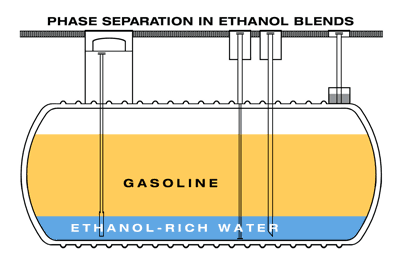For filling... even/especially from the pump...Use one of these to keep as much water out of your tank as possible.
Use it at the pump and when fueling from cans... make sure that you keep your on-sled can clean and use this to fill it.... be extra careful when fueling in the field so that you don't get snow/water in the tank during the transfer.
http://www.outerwearsracing.com/proddetail.asp?prod=11022

Also... to get out any water without running it thru the system (like with IsoHeet etc) .. I like to use Aquasocks
They are working on a smaller one for power sports, but the #12 works fine.
http://www.aquasocks.net/
I've used them in a lot of equipment and they are very simple and work... I like to clip a small fishing weight to the bottom. so it drops right down to the bottom.
Put it on a fishing line, drop it in the tank when not in use for a while.. It only absorbs water not gas.
I keep a plastic jar with screw lid on it to hold it between uses... remove it from the tank, squeeze it out into the catch can in the shop and store it in the jar...pretty easy
Use it at the pump and when fueling from cans... make sure that you keep your on-sled can clean and use this to fill it.... be extra careful when fueling in the field so that you don't get snow/water in the tank during the transfer.
http://www.outerwearsracing.com/proddetail.asp?prod=11022

Also... to get out any water without running it thru the system (like with IsoHeet etc) .. I like to use Aquasocks
They are working on a smaller one for power sports, but the #12 works fine.
http://www.aquasocks.net/
I've used them in a lot of equipment and they are very simple and work... I like to clip a small fishing weight to the bottom. so it drops right down to the bottom.
Put it on a fishing line, drop it in the tank when not in use for a while.. It only absorbs water not gas.
I keep a plastic jar with screw lid on it to hold it between uses... remove it from the tank, squeeze it out into the catch can in the shop and store it in the jar...pretty easy


